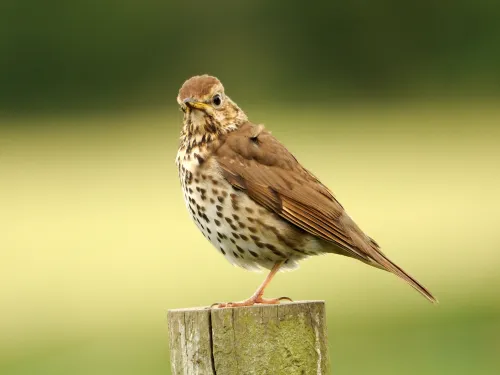
Song Thrush
The song thrush is a familiar garden visitor that has a beautiful and loud song. The broken shells of their blue, spotty eggs can often be found under a hedge in spring.
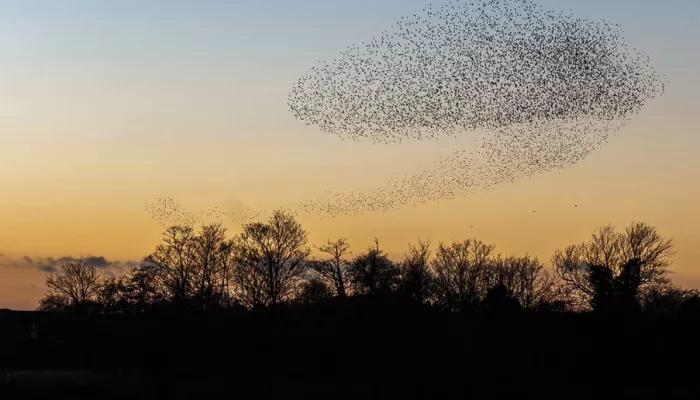
A group of enigmatic small birds worth getting to know in Kent. Learn about these species in our handy identification guides.

The song thrush is a familiar garden visitor that has a beautiful and loud song. The broken shells of their blue, spotty eggs can often be found under a hedge in spring.
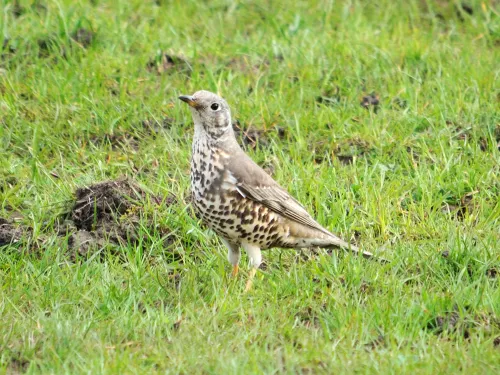
The mistle thrush likely got its name from its love of mistletoe - it will defend a berry-laden tree with extreme ferocity! It is larger and paler than the similar song thrush, standing upright and bold.
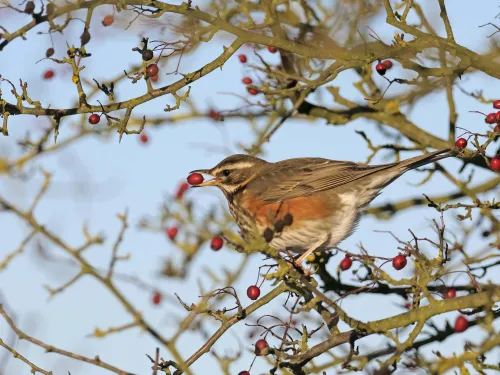
The redwing is a winter visitor, enjoying the feast of seasonal berries the UK's hedgerows, gardens and parks have to offer. Look out for the distinctive orangey-red patches under its wings.
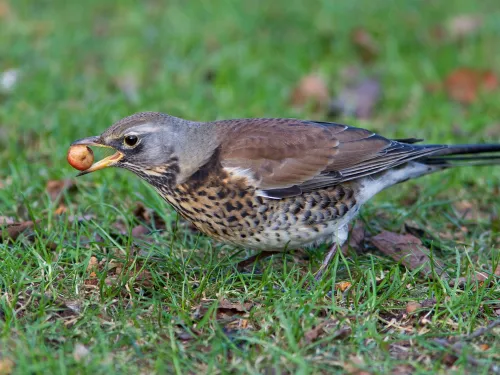
Often spotted in large flocks, the fieldfare is an attractive thrush. It is a winter visitor, enjoying the feast of seasonal berries the UK's hedgerows, woodlands and parks have to offer.
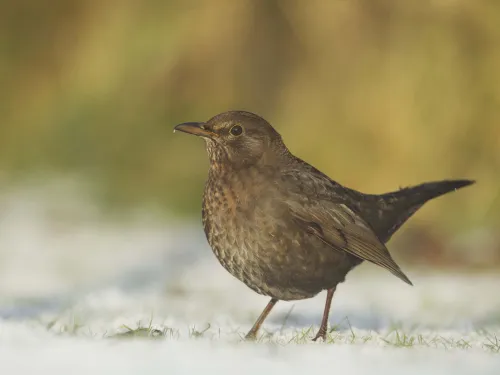
A much-loved garden bird, the blackbird is famous for its harmonious song. In winter, our resident birds are joined by migrants from Scandinavia and the Baltics.
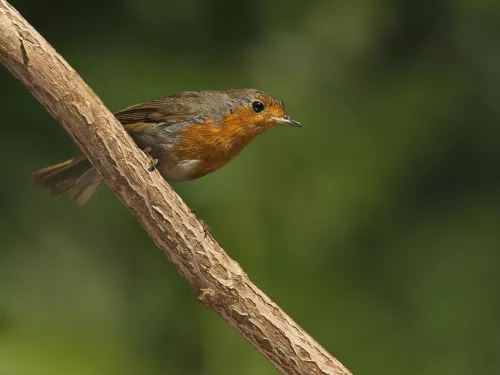
The much-loved robin is a garden favourite and one of our most familiar birds, adorning Christmas cards every year. It is very territorial, however, and will defend its post with surprising ferocity.
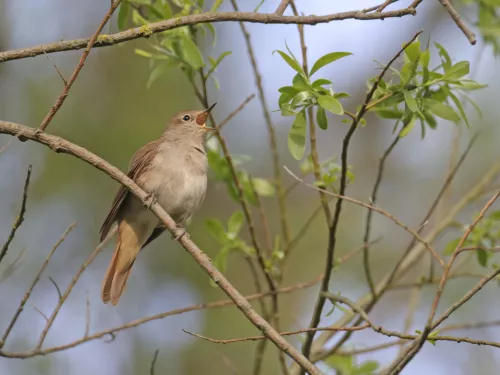
The melodious song of the nightingale is the most likely sign of this bird being about. Shy and secretive, it sings from dense scrub and woodland, day and night.
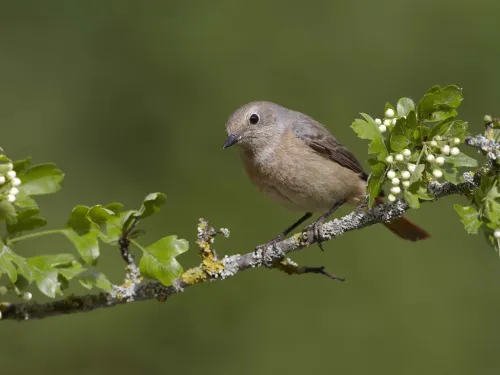
A summer visitor to the UK, the red-tailed redstart is a robin-sized bird that can be spotted in woodlands, parks and hedgerows, mainly in the north and west of the UK.

The whinchat is a summer visitor to UK heathlands, moorlands and open meadows. It looks similar to the stonechat, but is lighter in colour and has a distinctive pale eyestripe.
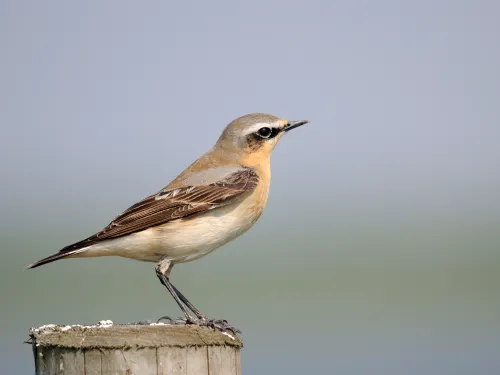
A summer visitor, the wheatear is a handsome chat, with black cheeks, white eyestripes, a blue back and a pale orange chest. Look for it on upland heaths and moors.
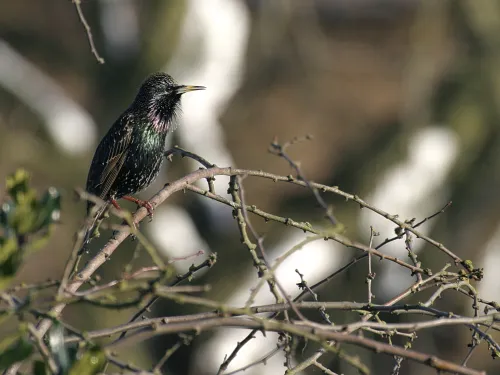
The starling is a familiar garden visitor that has a beautiful purple-and-green sheen to its black feathers. It is famous for its wintry aerial displays - massive flocks can be seen wheeling over our towns and farmland.
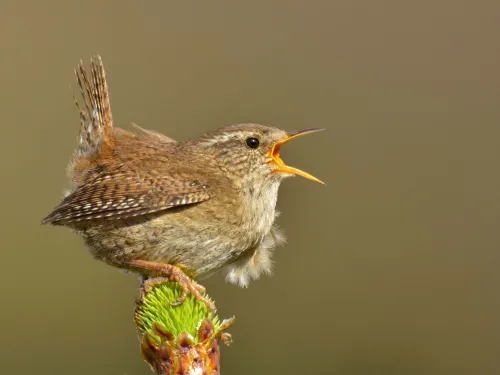
The tiny wren, with its typically cocked tail, is a welcome and common visitor to gardens across town and countryside. It builds its domed nests in sheltered bushes and rock crevices.
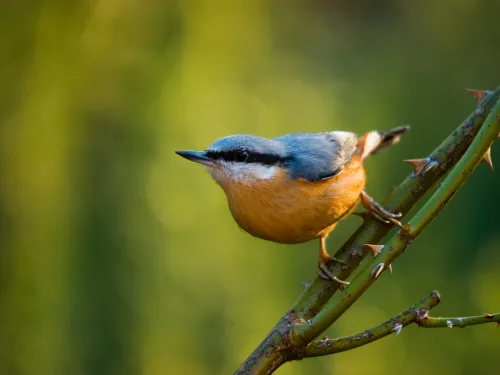
The nuthatch is a tit-sized, grey and rust-coloured bird that can be easily spotted climbing headfirst down tree trunks in woodlands and parks.
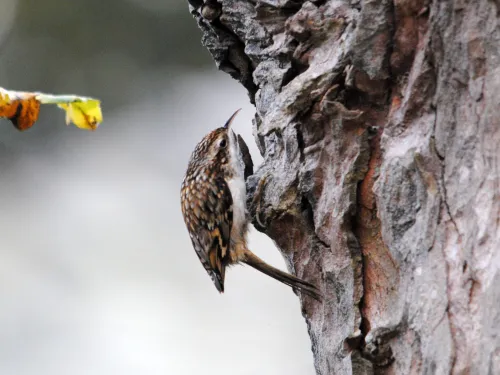
The fine, downcurved bill of the treecreeper makes this tit-sized bird unmistakeable. Look out for it in woodlands and parks, literally 'creeping' around tree trunks.
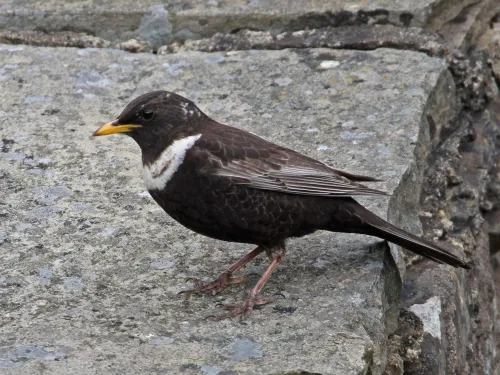
The blackbird of the mountains, ring ouzels can be found breeding on upland moors and rocky crags in summer.
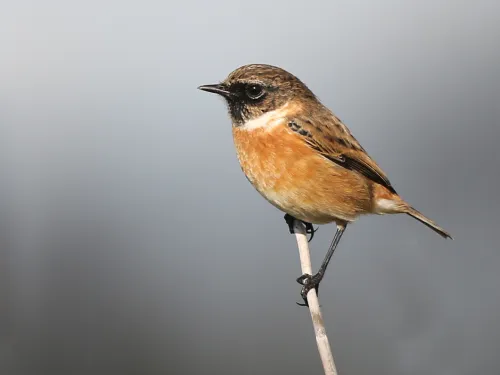
The stonechat is named for its call, which sounds just like two small stones being hit together! It can be seen on heathland and boggy habitats.
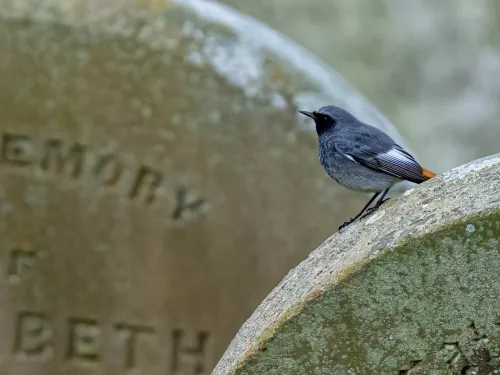
A rare breeder in the UK, this sooty-coloured bird is as at home on an industrial site as it is on a rocky cliff face.